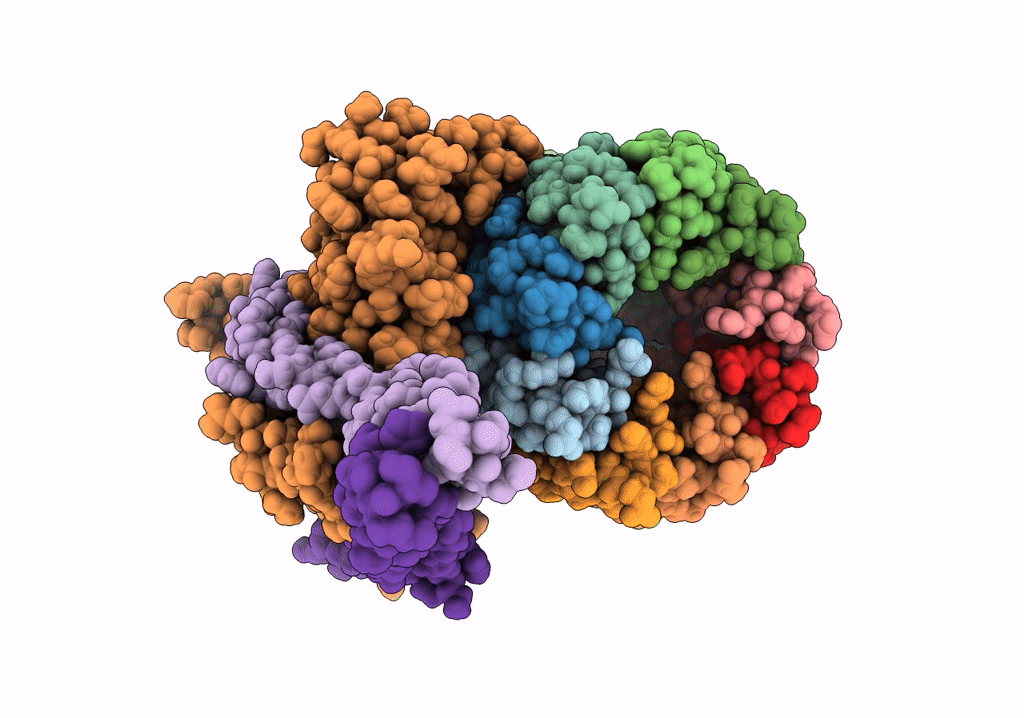
Deposition Date
2021-02-17
Release Date
2021-10-27
Last Version Date
2024-07-10
Entry Detail
PDB ID:
7NJT
Keywords:
Title:
Mycobacterium smegmatis ATP synthase Fo combined all classes
Biological Source:
Source Organism:
Host Organism:
Method Details:
Experimental Method:
Resolution:
2.75 Å
Aggregation State:
PARTICLE
Reconstruction Method:
SINGLE PARTICLE


